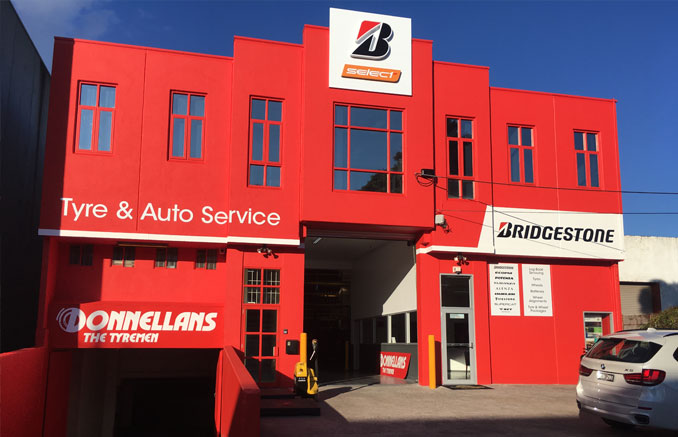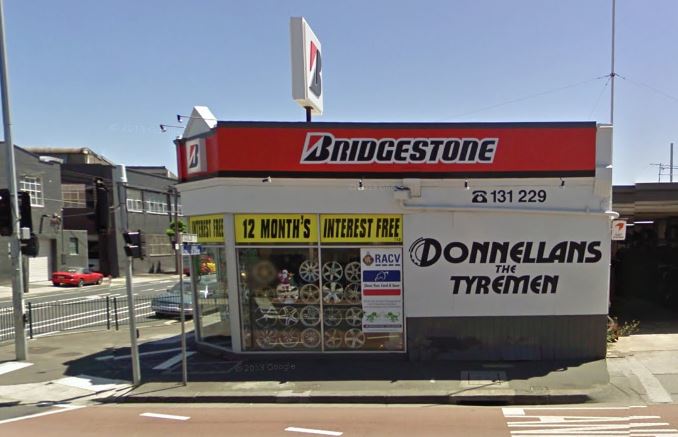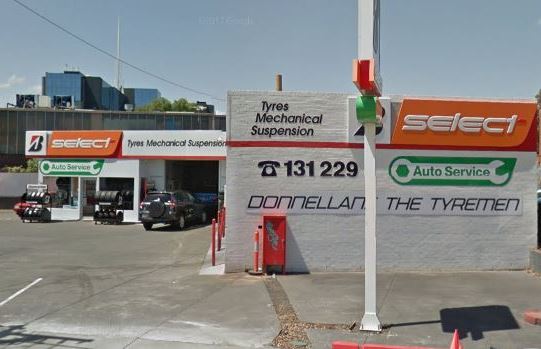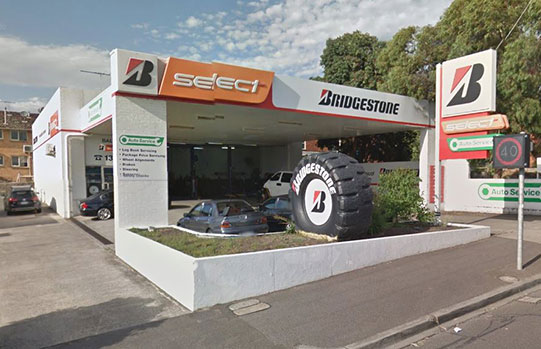Back to Latest News
All about wheel balancing
Looking after your new tyres involves four simple steps. Correct air pressure, a proper wheel alignment, following a tyre rotation schedule and making sure that your wheels and tyres are accurately balanced.
Wheel balancing is often overlooked as a source of uneven tyre year but in reality, it’s one of the easiest checks to perform.
What is wheel balancing?
Wheel balancing is where the wheel and tyre are mounted onto a balancing machine. A balancer is a machine with a rotating spindle that turns the wheel and tyre up to a high speed and measures vibrations.
The balancing machine has sensors that can measure vibrations from a wheel that is not completely balanced. It will inform the technician how much weight to add or remove and the location where it is needed.
The actual balancing changes are made with lead, steel or zinc alloy weights that are adhered to the inside of the wheel barrel, or simply clipped on the inner or outer beads of the wheel.
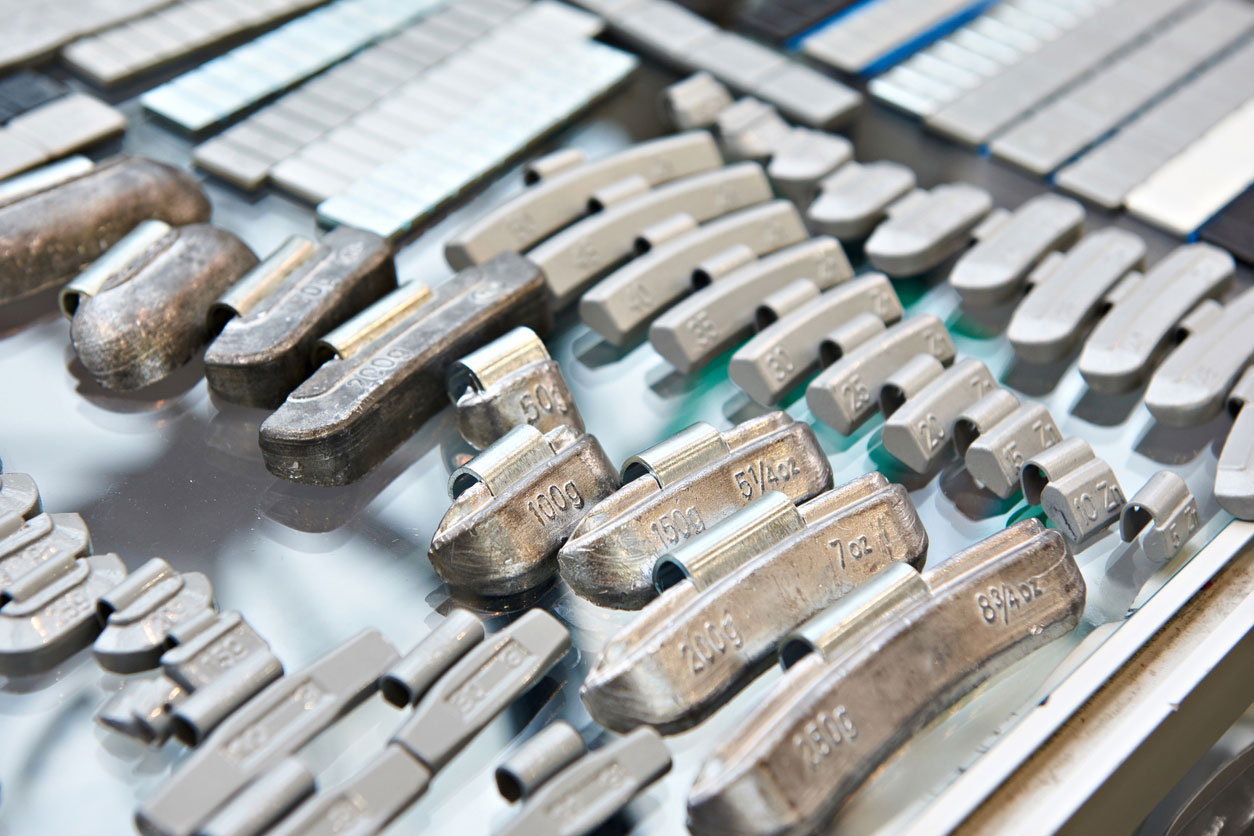
Why do wheels need balancing?
With any mass-produced products, there will always be small deviances in dimensions within production tolerances. Wheels and tyres are no exception to this.
Wheels, for example, have a hole where the tyre valve must be fitted. This area around the valve is reinforced and tends to be the heaviest part of the wheel. Wheels made with cast alloy techniques may sometimes have areas of the casting that are denser than others, leading to heavy and light parts within the wheel. This is simply a by-product of the manufacturing process.
To the untrained eye, tyres may not be perfectly uniform the whole way around. Tyres are manufactured with a variety of rubber layers, internal plies and belts. Where the internal layers overlap is a potential area where the tyre might be heavier.
What do the coloured dots on my new tyres mean?
You might have noticed when you get new tyres fitted that you have some dots of paint on your sidewall. Sometimes it’s red, sometimes yellow and occasionally, you might have both.
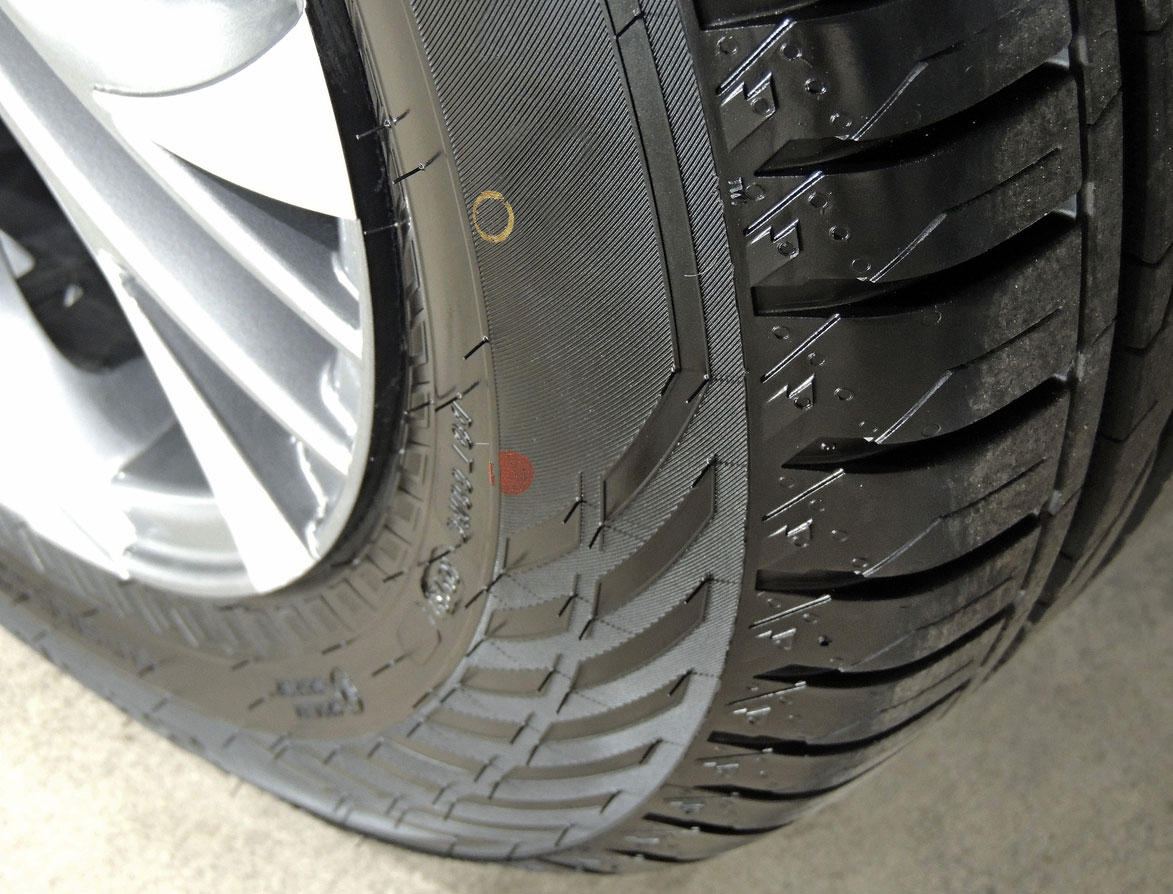
The yellow dot is very important, and shows the lightest part of the tyre. The tyre manufacturer intentionally creates a lighter section to align with the side of the wheel where the tyre valve is. This means fewer weights will be needed to achieve a perfect wheel balance.
The red dot marks the highest part of the tyre. Tyres look pretty round to the untrained eye. However because they are made of many layers of rubber, internal belts and reinforcements, there can be thicker and thinner sections of the tyre. On most aftermarket wheels there is a mark that can be lined up with the red dot to get a tyre that runs perfectly true.
Why is wheel balancing so important?
Even with the manufacturing tolerance listed above, the total disbalance of a wheel and tyre combination may only be a few grams. The issue lies with the speed at which tyres rotate. Every time your speed is doubled, the effect of an out of balance tyre quadruples.
This force can build to a point where excessive wear and tear may be inflicted on suspension components. Items like suspension bushings can require premature maintenance if vibrations are left unchecked. If you believe your vehicle has a suspension wear issue or fault, please contact us today to discuss booking your vehicle in for an inspection.
Uneven tyre wear, physical damage to the wheel and tyre or simply some of the existing wheel weights coming loose can all affect wheel balance.
When should I get a wheel balance?
Ideally, a new wheel alignment should be performed every time you get new tyres fitted to a set of wheels. This service is included in the price of your tyres to ensure you get the best from your new tyres.
Generally, Donnellans recommends getting a wheel balance performed at the time you get your regular scheduled tyre rotations or every 10,000kms. Checking your tyre balance ensures your tyres are wearing evenly and that no weights have been dislodged since the last time they were checked.
Signs of wheel balancing and alignment issues.
If you’re experiencing any of the following symptoms, book into Donnellans today.
- Shaking steering wheel while driving
- Unusual tyre noise
- Vehicle pulling to one side or another
- You notice missing wheel weights
- You notice uneven tyre wear (learn how to measure tyre wear here)
We have five convenient locations across South-East Melbourne and our workshops are fully equipped with expertly trained and qualified staff ready to take on all your suspension, brake, steering and mechanical queries.
